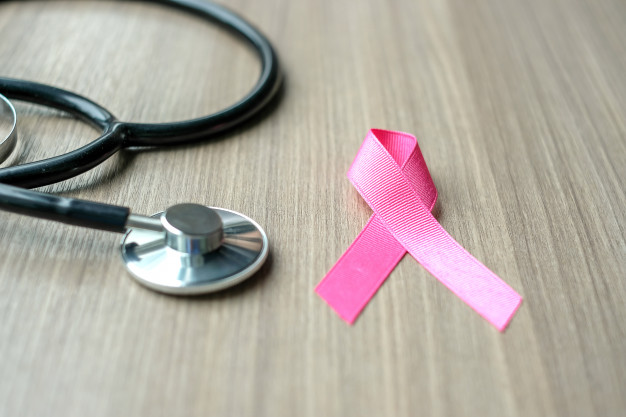
Photo Credit: Freepik
Low screening and detection rates in breast cancer with advancements in screening technology can bring positive change as modern solutions can provide women with an effective and anxiety-free preventive measure aimed at their betterment. Dr Rameysh Danovani, Consultant Radiologist and Medical Director at Specialist Women's Imaging Singapore (SWI) who also serves at Singapore's first breast imaging centre located at Camden Medical shares more about the misinformation circulating among patients.
The Misconception
Most breast cancer awareness campaigns in the nation are targeted towards a specific demographic of women - either older women who have experienced menopause or women who have a family history of breast cancer. Misconceptions regarding age, genealogy and genetics when it comes to the diagnosis of cancer are the main cause for low screening rates in Singapore.
As of 2020, studies by the Icon Cancer Centre have revealed that 19% of women under the age of 44 are being diagnosed with breast cancer in Singapore, with this figure seen to be increasing year-on-year. Despite this, younger women are still viewed as being at low risk and are simply taught to conduct monthly self-examinations. They are only recommended to visit their doctors and go for screening sessions upon discovering physical symptoms - an indication that cancer has advanced. Worse still, they are also more likely to be diagnosed with triple-negative breast cancer, a deadly strain of the illness.
A Game of Genetic Chance
A recent study conducted by the Genome Institute of Singapore revealed that Asian women are more prone to developing denser breast tissues compared to their Western counterparts. A high proportion of these dense breast tissues tend to result in smaller, early-stage cancer markers, which can, unfortunately, end up going undetected by 2D mammograms. To make matters worse, globalisation and shifting mindsets have resulted in changes in reproductive patterns, obesity levels and food intake habits of Asian women, which are increasingly associated with the early-age onset of breast cancer.
The 3-Dimensional Respite
Currently, Singapore's national breast cancer screening programmes adopt the primary usage of 2D mammography technology that capture one overlapping image of the breast tissues. As such, denser tissues are known to affect the final image, as small cancer markers hide in plain sight resulting in late detection.
As MedTech solutions advance, innovative diagnostic imaging methods such as 3D mammography technology (tomosynthesis) are paving the way for accurate and effective detection. These machines are able to acquire multiple images of the breast in a single sitting, within a matter of seconds, from various angles. These slices of information, much like slices of bread, can provide otherwise missing or inadequate details from a standard 2D mammogram device, where one compressed image is produced.
"Such advancements can not only hasten the process of diagnosis and the time it takes to provide the right treatment plan, but also thwart any misconceptions that have been circulating among women through the decades."
Newer models of 3D mammogram machines even include 2D scanning capabilities, allowing doctors to cover all bases without the need for women to endure the discomfort and anxiety of screening twice. Not only can such technology lower late diagnosis time, but it can increase the chances of survival for women across all ages. Such technology is not a novelty in the Asian healthcare industry, with countries like Japan and Korea having medical practices that already integrate such machines. In Singapore, such screenings are available at both public and private clinics and hospitals. Although at a much higher cost than the subsidized screening programs, no amount of money can be tied to obtaining peace of mind.
At SWI, Dr Danovani considers lifestyle choices, genetic makeup and density of breast tissues to recommend high-risk patients to opt for 3D screenings. Ultimately, if the end goal is to spread awareness for the early detection of the illness, women, both young and old, need to start recognising the importance and methods of mammogram screenings to increase their chances of surviving this highly treatable affliction.




